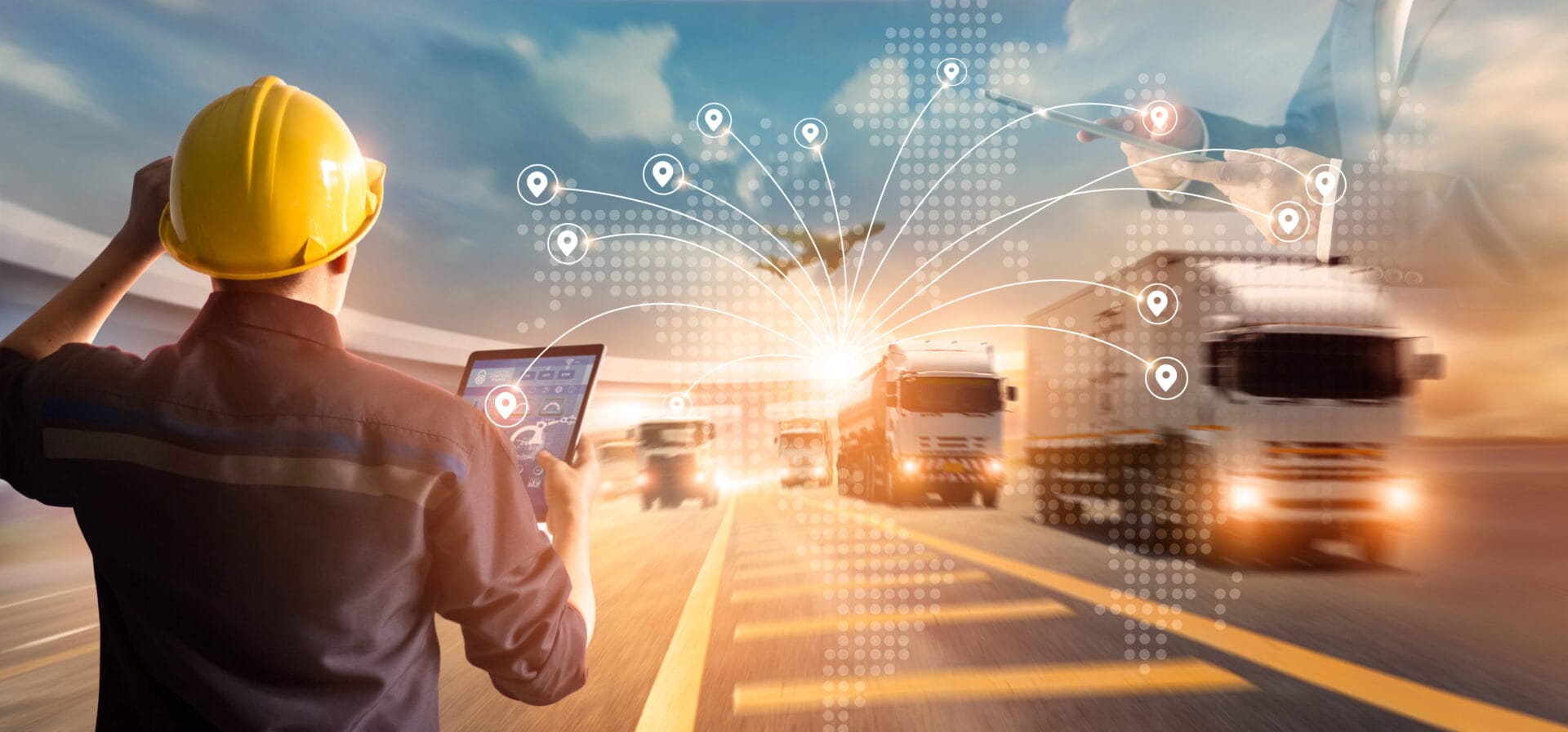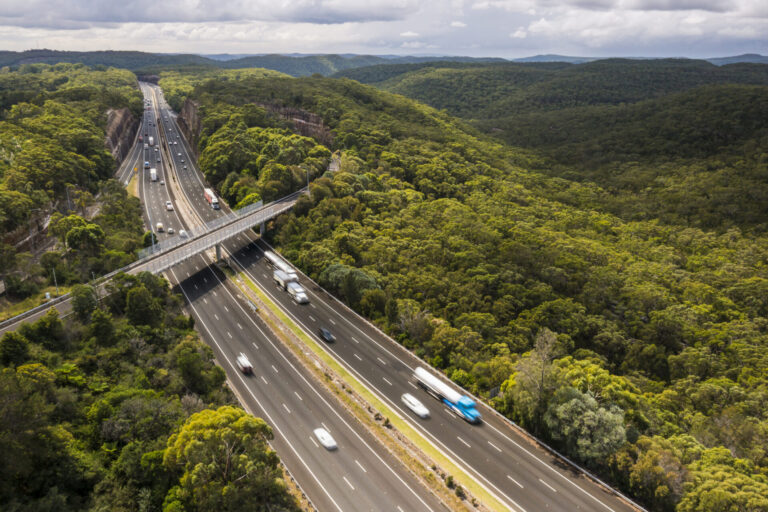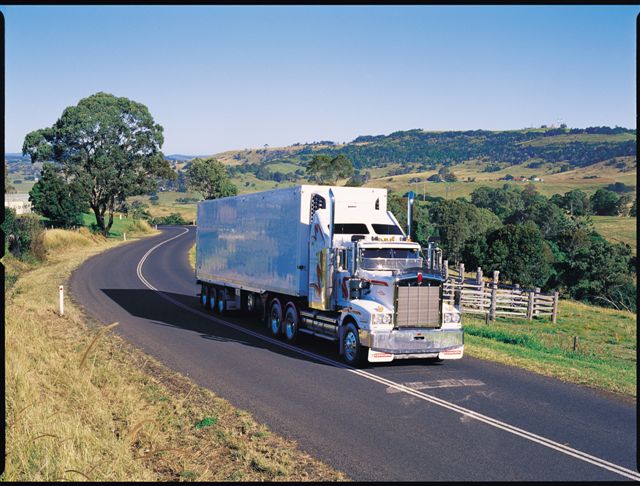Originally Published in Deals on Wheels Issue 499
You can’t see hydrogen but you’re going to hear a lot about its’ colour as we consider alternatives to diesel fuel in the months – and years – ahead.
As a fuel, hydrogen has a lot going for it. When burned, each kilogram contains 2.4 times as much energy as natural gas and it emits no greenhouse gas emissions.
The Federal Government’s own Low Emissions Technology statement sets a target of $2 Australian per kilogram. At the moment, extracted hydrogen costs twice that.
Pure hydrogen doesn’t just magically appear. It must be extracted from other things – like water or fossil fuels.
In smokeless back rooms and crowded conference venues around the world, policymakers are feverishly working on global regulations and standards to allow the trading of hydrogen as a fuel.
One of the things the experts do is classify hydrogen on a colour spectrum depending on the emissions caused by its extraction and refinement.
For example, “green” hydrogen, extracted from water using electricity, is considered the cleanest and most pure form.
On the other hand, “brown” hydrogen comes from the thermal splitting of methane, and a by-product is carbon in solid form.
“Grey” hydrogen is currently the most common form – and the cheapest.
While it doesn’t generate greenhouse gas emissions itself, the process to produce it does.
It’s all very simple in theory, but contentious in practice.
But that’s why we have things called technical standards.
While green hydrogen may be the gold standard to which everyone should aspire, other types of hydrogen are still useful in Australia if we’re to move towards a clean energy future without various industries slamming to a sudden halt.
The big picture is that trucks and buses are globally responsible for more than a third of on-road fuel and greenhouse gases – and more than 70 percent on-road nitrogen oxides that have serious health impacts.
In February, the European Parliament voted to approve a new law banning the sale of petrol and diesel cars from 2035.
Decarbonisation isn’t just about hydrogen. There are alternative fuels in use overseas – like liquid natural gas (LNG) and hydrotreated vegetable oil (HVO).
We’re all aware that electric batteries are bulky and consume lots of payload. They are already in use for short freight runs where recharging facilities are available.
It could be that our industry evolves to a mix of fuels depending on the nature of the freight task.
For its part, the Federal Government is aware of the need to change steer axle mass and vehicle clearance when introducing zero emission vehicles.
Again, that’s where you need standards and regulation.
It also has an Electric Vehicle Strategy in place – although heavy vehicles remain largely overlooked in that document.
The Government is working towards a decision about a national emissions standard.
Don’t confuse that with the new Euro VI emission standard. It’s focused on removing particulates and other nasties from the atmosphere, which is unrelated to greenhouse gas emissions.
It’s almost a mantra now that, when it comes to decarbonising our heavy vehicle industry, there is lots of work to do.
As an industry, we need the policymakers to thoroughly understand the realities of converting heavy vehicles to net zero.
Purchasing a truck is a massive investment, regardless of the size of the operator involved. Given the uncertainties involved, it’s understandable that many are putting off making that investment decision until there’s clarity from policy-makers.



